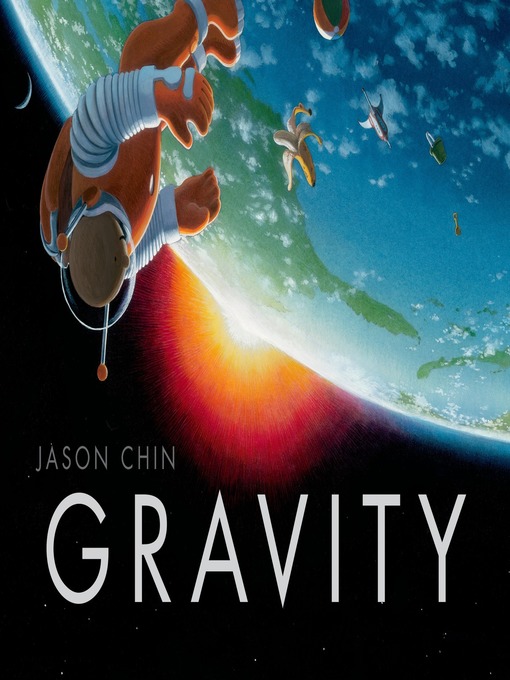What keeps objects from floating out of your hand?
What if your feet drifted away from the ground?
What stops everything from floating into space?
Gravity.
As in his previous books, Redwoods, Coral Reefs, and Island, Jason Chin has taken a complex subject and made it brilliantly accessible to young readers in this unusual, innovative, and very beautiful book.
Chin's approach makes this book a must-have common core tool for teachers and librarians introducing scientific principals to young students.
A Neal Porter Book
- Available now
- New eBook additions
- Most popular
- Try something different
- Popular Graphic Novels
- Popular Cookbooks
- Manga Series Starters
- Celebrate Disability Pride Month!
- See all ebooks collections
- Available now
- New audiobook additions
- Try something different
- Most popular
- Language Learning
- The Great Courses
- Celebrate Disability Pride Month!
- See all audiobooks collections
- Most Popular
- News & Politics
- Cooking & Food
- Celebrity
- Home & Garden
- Entertainment
- Health & Fitness
- Fashion
- Hobbies & Crafts
- Tech & Gaming
- Cars & Motorcycles
- Family & Parenting
- Sports
- See all magazines collections





